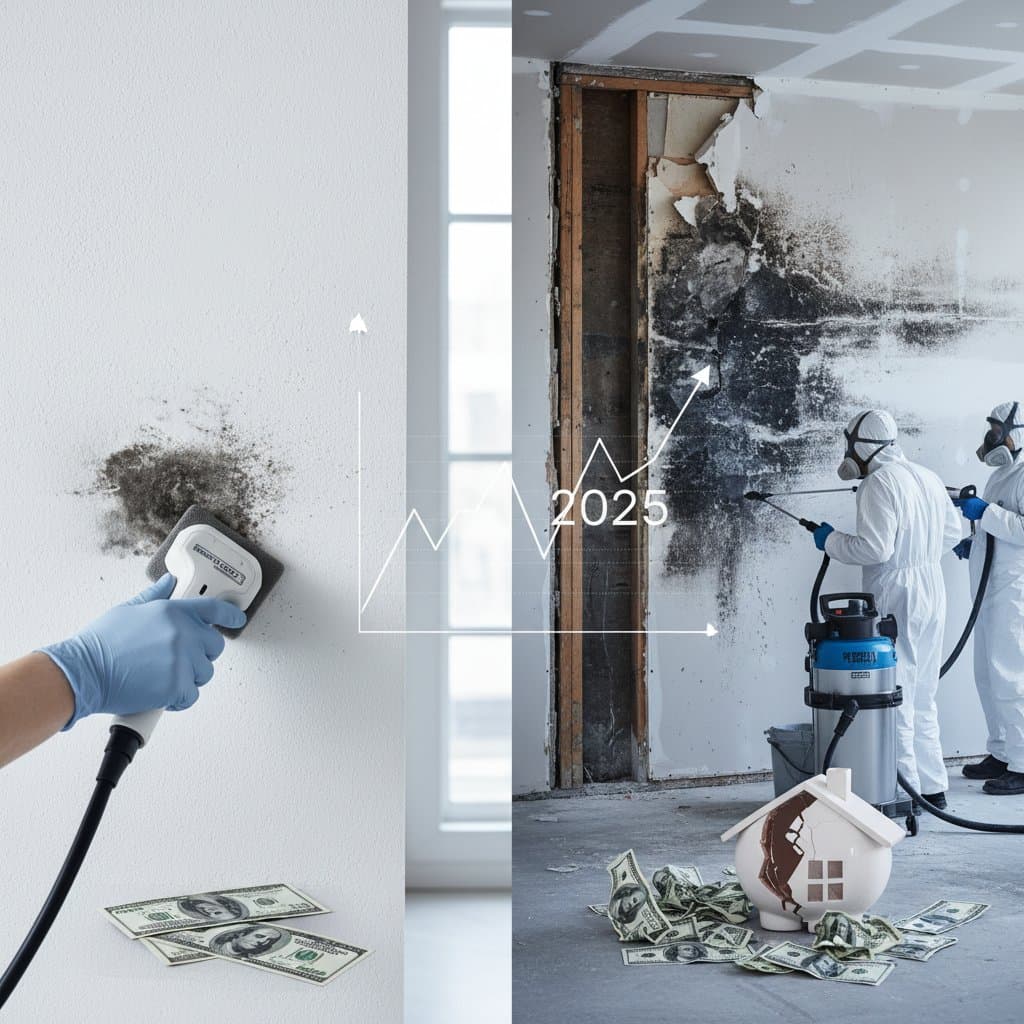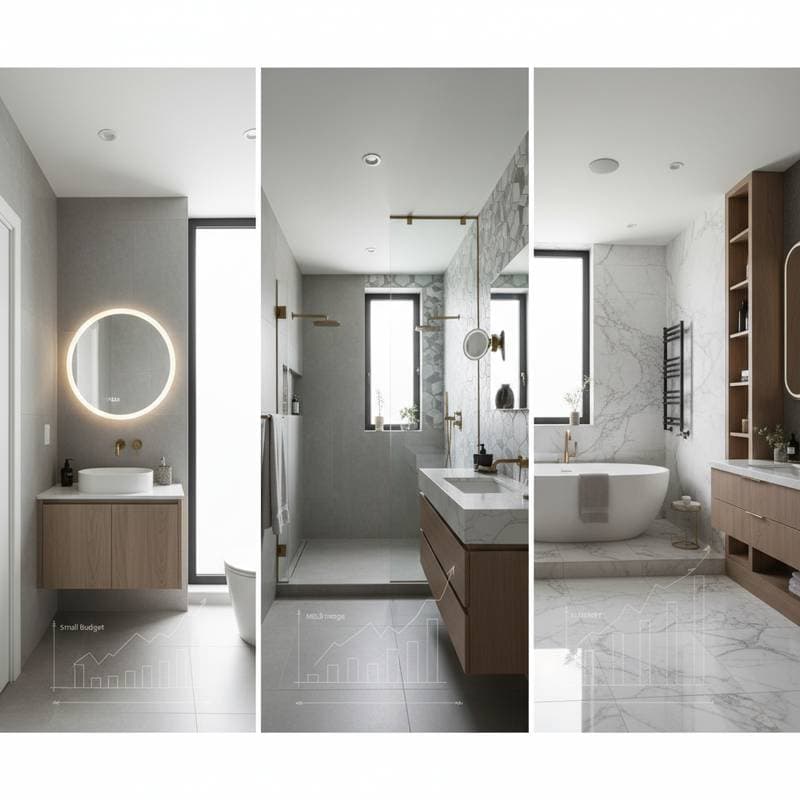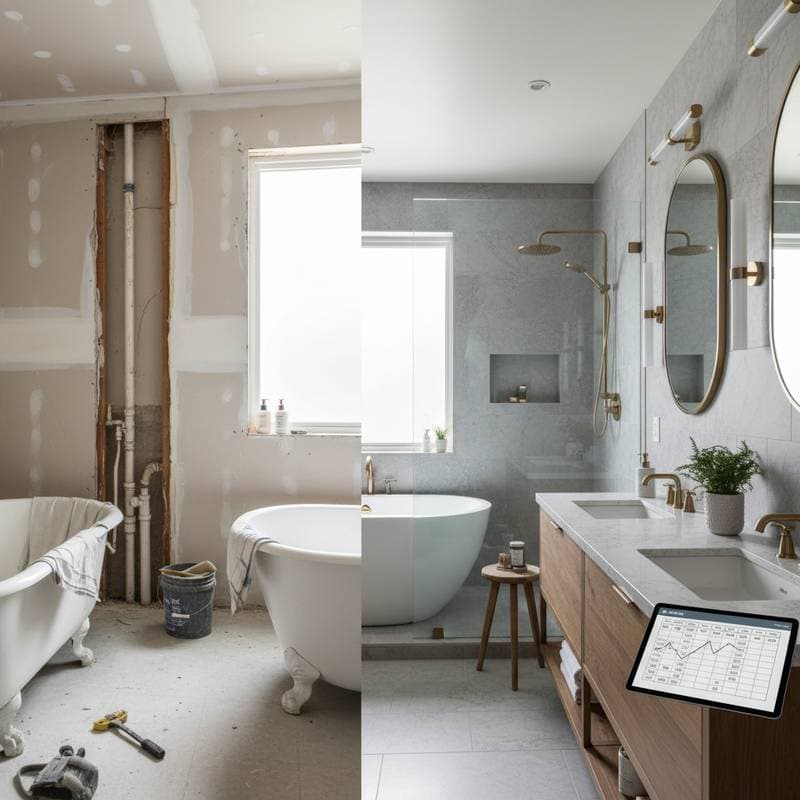Understanding Mold Remediation Costs in 2025
Mold growth poses significant risks to both health and property. Homeowners often face unexpected expenses when addressing infestations. This article breaks down the actual costs associated with mold removal in 2025, helping you budget effectively and make informed decisions.
Costs fluctuate based on several variables, including the extent of the infestation and location. Early intervention typically results in lower expenses. Professionals recommend thorough assessments to determine the scope before any work begins.
Key Factors Influencing Mold Removal Expenses
The size of the affected area plays a primary role in pricing. Small patches under ten square feet might require basic cleaning, while larger areas demand extensive remediation. Location within the home also matters; attics and basements often incur higher fees due to accessibility challenges.
Type of mold influences the approach. Black mold, known for its toxicity, requires specialized handling and containment. Materials involved, such as drywall or insulation, add to the bill if replacement becomes necessary.
Labor and equipment costs have risen with inflation. In 2025, expect rates from certified technicians to reflect advanced tools like HEPA vacuums and air scrubbers. Regional differences apply; urban areas command premium prices compared to rural settings.
Breakdown of Typical Cost Ranges
For minor surface mold on non-porous surfaces, costs range from $500 to $1,000. This includes inspection, cleaning, and preventive treatments. Such jobs usually complete within a day.
Moderate infestations covering 10 to 50 square feet average $1,000 to $3,000. Professionals remove affected materials, treat the area, and restore functionality. Hidden mold behind walls can push expenses toward the higher end.
Extensive cases exceeding 50 square feet may cost $3,000 to $10,000 or more. Full structural involvement necessitates evacuation, containment, and reconstruction. In severe scenarios, entire room overhauls become essential.
Additional fees often arise for testing and air quality checks, adding $300 to $800. Post-remediation verification ensures safety. Homeowners should obtain multiple quotes to compare services.
Insurance Coverage and Financial Considerations
Standard homeowners insurance policies sometimes cover mold removal if linked to a covered peril, such as burst pipes. Coverage limits vary, often capping at $10,000. Review your policy details or consult an agent for specifics.
Exclusions apply for neglect or flood-related mold. Supplemental riders can provide broader protection. Document the damage thoroughly with photos and reports to support claims.
Financing options exist through contractors or personal loans. Some companies offer payment plans for larger projects. Weigh these against potential health risks of delaying action.
When to Hire Professionals Versus DIY Approaches
DIY suits very small, visible mold on hard surfaces. Use protective gear and EPA-approved cleaners. However, this risks spreading spores if not handled correctly.
Professionals excel in complex situations. They possess certifications and follow IICRC guidelines. Hiring experts prevents recurrence and ensures compliance with health standards.
Signs warranting immediate professional help include musty odors, visible growth in HVAC systems, or health symptoms like respiratory issues. Delaying can escalate costs exponentially.
Prevention Strategies to Minimize Future Costs
Control moisture sources aggressively. Fix leaks promptly and use dehumidifiers in humid areas. Maintain ventilation in bathrooms and kitchens to reduce condensation.
Regular inspections reveal early signs. Clean gutters and ensure proper drainage around foundations. Seal cracks in walls and roofs to block water entry.
Invest in mold-resistant materials during renovations. Apply antimicrobial paints and install exhaust fans. These steps safeguard your investment and promote a healthier living environment.
Securing Your Home's Long-Term Value
Addressing mold promptly preserves structural integrity and property worth. Neglected issues lead to diminished resale value and legal liabilities. By understanding costs and prevention, you empower proactive management.
Consult local experts for tailored advice. Implement these insights to avoid surprises and maintain a safe home. Your diligence today ensures peace of mind tomorrow.





